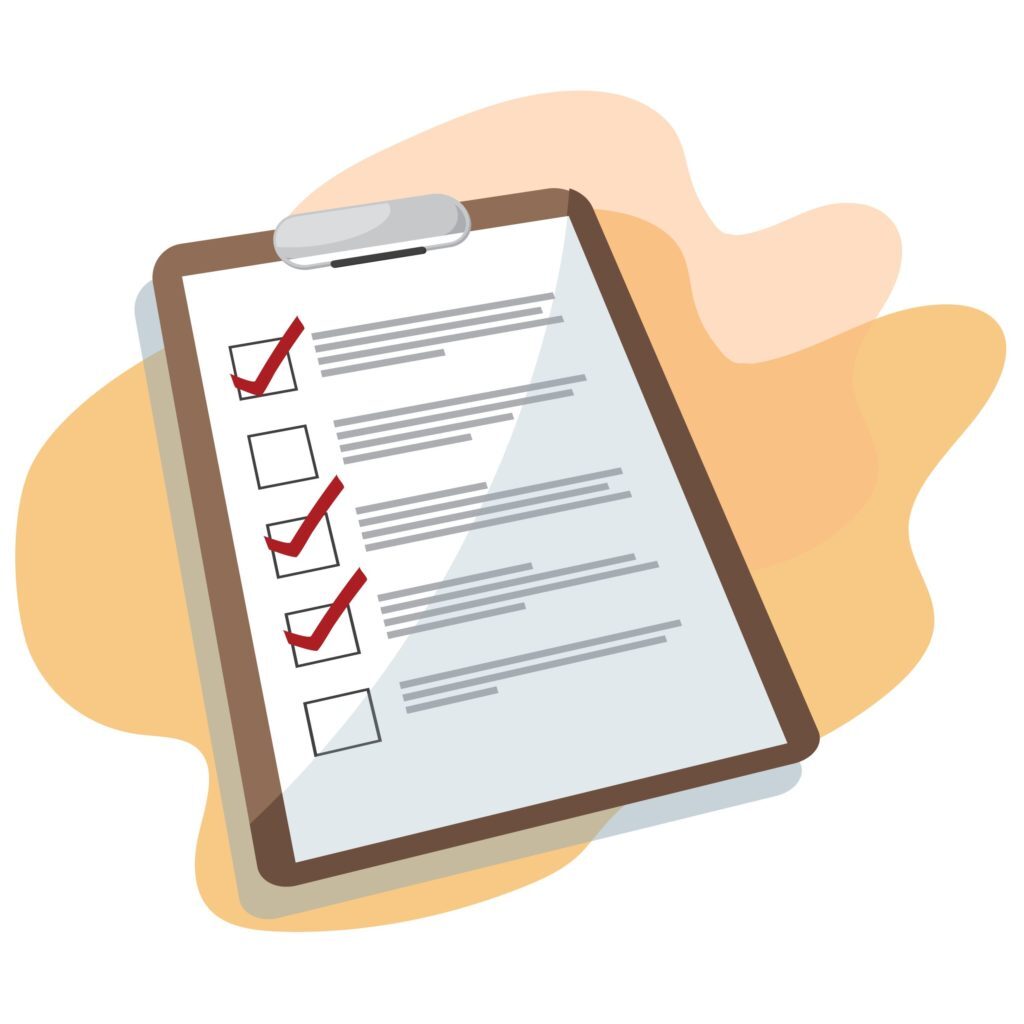
If you want your business to succeed, you really need to understand your customers. When customers feel understood, they become loyal and profitable brand ambassadors. If you don’t know exactly what makes your customers tick, what their expectations are and what they want from your business – your product or service will struggle to take off.
So how can businesses create lasting, genuine insight into their customers?
Read on for 10 effective ways to understand your customers.
Ask for a customer review – every time
There is a good reason that companies are constantly asking you to leave a review.
From hotel reviews, product reviews on Amazon and business feedback on Facebook, customer reviews are an essential customer insight tool for every type of business. They drive important social proof — but they’re also vital indicators of what customers really think about your business brand.
We're living in the 'Review Economy' and you need a strategy to win.
Reviews not only identify areas of improvement to keep ahead of customer trends, but they also act as a starting point for genuine conversation with your customers.
People love to share their opinions, so you need to make it easy for them.
For example, shops, hotels and restaurants offering guest wifi could simply add their review page to their guest wifi login screen. I know I'm more likely to give a good review when I'm receiving something free in exchange!
Walk in your customer's shoes
When was the last time you put yourself in your customer’s position? Acting as a customer by following your touchpoints, interaction procedures and carrying out transactions will give you important insight.
As well as assessing how easy you make things for your customers, you’ll also gain important insight into the routes they take.
For example, is your branding top-notch and consistent at every point? Does your email and social media messaging flow and match? Are there any barriers in place to purchasing?
Make sure you make reviewing your customer experience a regular activity. You’ll gain understanding, as well as identify areas of improvement and innovation.

Utilise social listening across your social platforms
Social media is an important business tool. But platforms such as Instagram and Facebook aren’t only for your business output – they’re also vital ways to gauge customer insight such as understanding the impact of your messaging and what gets your customer base engaged, inspired and interested.
Make them social — people love to share what they’re interested in.
This is where social listening is really important. Take time to find out who your followers are, who else they follow and where they’re based. Actively monitor their interests to find out what makes them tick and what keeps them engaged with brands.
As well as keeping your Instagram and Facebook interesting and engaging, utilise social media analytics tools to provide key insight metrics on your accounts.

Generate important customer insight with surveys
Customer surveys are a long-standing tool to generate customer understanding, and that’s because they work.
Surveys online, on social media, via email and even in person are all valuable insight tools. It’s important to create a survey program with defined objectives though – carefully thinking about what your business needs feedback on.
If you want to improve customer service, focus on customer experience questions. If you need insight into future business directions, craft surveys that ask for customer input on your strategies.
Your best insight will come from a mix of quantitative data responses and qualitative customer feedback. Combine both for a thorough customer insight picture.
Use online quizzes to generate customer understanding
Generating customer insight is a top business priority, but it can also sometimes be a chore - both to organise and for customers to complete.
If you make giving feedback fun and engaging, it is even more effective — but how?
Use a quiz.
Quizzes collect crucial customer insight into demographics, preferences and behaviour in a fun, engaging way. Asking customers questions on their preferences and favourites will give your business the tools to segment responses and follow-up campaigns.
Make sure that your quiz is created specifically with the insight you want.
For example, enhance your understanding of customer profiles by asking about demographics, or find out which products or services best suit certain customer segments.

Sentiment analysis is a great feedback tool
Sentiment analysis uses AI capabilities to drive customer understanding based on emotions detected in voice and text data. This helps businesses easily identify customer opinions toward their brand, services or products.
This analysis helps drive customer engagement, driving data-based targeting and engagement with specific customer segments. If you identify customers that feel strongly negative about your business, you can identify and follow up with them.
Sentiment analysis is a great way to take action forward from customer feedback, creating the services and interactions customers want and expect.
Check out your competition
Competitor analysis is often carried out at the business plan stage, but it’s an important activity to undertake regularly.
Knowing exactly who your competitors are, what they offer and how they attract your potential customers will give you vital understanding into what your customer base really wants.
It’s key to knowing why other people choose other brands over you, giving you the tools to effectively change customer behaviour.
Take a look at your indirect competitors too. The data you collect from your analysis will build a strong, data-rich profile of your customers.
Check all of your assumptions with A/B testing
So you’ve got great data-driven insight, customer feedback and you’ve got a really clear idea of who your ideal customers are and what they want.
The next step is to test it with some A/B testing to confirm your understanding.
A/B testing is where you try two or more different approaches and compare the results - if A performs better than B then stick to it or run another test against C. You might be surprised by what you learn - but make sure you run tests for long enough to have statistically significant results.
Test everything, including email campaigns, landing pages and social media content.
This helps you double-check your assumptions. You’ll soon learn if your offerings and messaging are really what your customers want. This gives you a chance to continually fine-tune and improve your content and calls to action, maximising understanding and response from every single segment.
Continuous A/B testing is important to make sure you’re still on track when it comes to customer understanding — so make it a key marketing strategy.

Start a real conversation with genuine follow-ups
You’re much more likely to understand people if you have conversations with them. And it’s no different for brands and businesses.
Underpinning follow-up emails with great insight data is an effective way to ask these questions. It’s easy to forget about the follow-up, but it’s a vital way to get real feedback on your business, brand insight and create lasting customer engagement.
So think about parts in the customer journey where you can action valuable follow-ups, then begin an active follow up program. For example:
- Call a customer after they have been using your product for a month, how are they getting on?
- Send a customer an email if they didn't complete their purchase - maybe something on your website was confusing or not working properly.
- Send an SMS message to ask for a review of a recent purchase.
- Book a meeting to discuss their experiences with your company.
Making the follow-up a priority will create valuable insight opportunities for your business, as well as making customers feel valued and understood.

Don’t run away from any complaints
It can be brutal for any business. But really listening to customer complaints is a vital way to understand your customer base.
Reviewing current feedback from customer reviews and direct complaints to your business is an important way to identify trends and areas that you can improve.
Responding to negative reviews in the right way can also present a huge opportunity for any business.
This will make sure you understand exactly what is – and what isn’t – working for your customers, heightening your understanding of their needs, as well as giving you the tools to make real changes.
"Failure isn't fatal, but failure to change might be"
John Wooden
It can be painful to hear what you’re getting wrong, but it’s a really important insight tool. Don’t bury your head in the sand – use it as a key learning tool to drive real understanding.
Wrap up
Customer understanding is essential for every single business, from small startups to large corporations. Without this, it’s simply guesswork when it comes to messaging, product offerings and strategy.
Take time to listen to your customers.
Then try to understand what they want from your business and what they actually experience. Finally, take steps every day to bridge the gap.
Listening to feedback, and then acting on it, is the key to driving profitable, engaging relationships with your customers.




